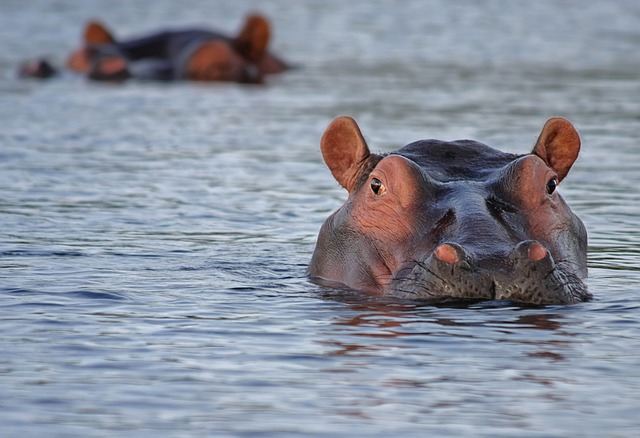In a follow-up to a report last week of a suspected anthrax outbreak among hippos in the Binga District of Zimbabwe, health officials the Ministry of Health and Child Care has recorded nine cases of suspected human cutaneous anthrax from the individuals who ate meat from dead hippos at Mlibizi in Binga.

Matabeleland North health officials say among the nine are three children, which are all receiving antibiotic treatment. Five-dozen others are being monitored for signs and symptoms of anthrax after consuming hippo meat.
According to a Bulawayo report Wednesday, Matabeleland North provincial medical director Dr Nyasha Masuka says 1.5 kilogrammes of hippo meat was found mixed with 45 kilogrammes of goat meat on sale in a butchery at Binga Centre and has been destroyed to eliminate human contact with the infected meat.
The hippos carcasses were first discovered on Mar. 27 and the Ministry of Agriculture, Mechanisation and Irrigation Development has since confirmed anthrax as the cause of the 16 hippo deaths.
Anthrax is a serious infectious disease caused by gram-positive, rod-shaped bacteria known as Bacillus anthracis. Anthrax can be found naturally in soil and commonly affects domestic and wild animals around the world. Although it is rare, people can get sick with anthrax if they come in contact with infected animals or contaminated animal products
Cutaneous anthrax occurs when the spore (or possibly the bacterium) enters a cut or abrasion on the skin. It starts out as a raised bump that looks like an insect bite. It then develops into a blackened lesion called an eschar that may form a scab. Lymph glands in the area may swell plus edema may be present. This form of anthrax responds well to antibiotics. If untreated, deaths can occur if the infection goes systemic. 95% of cases of anthrax are cutaneous.
Related:

